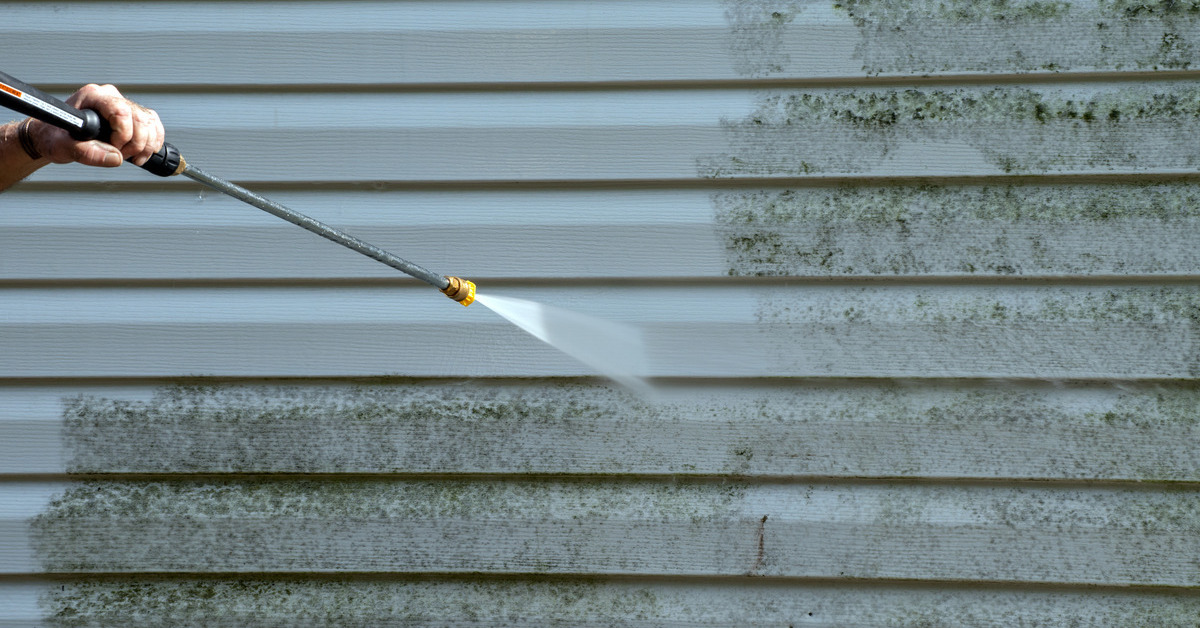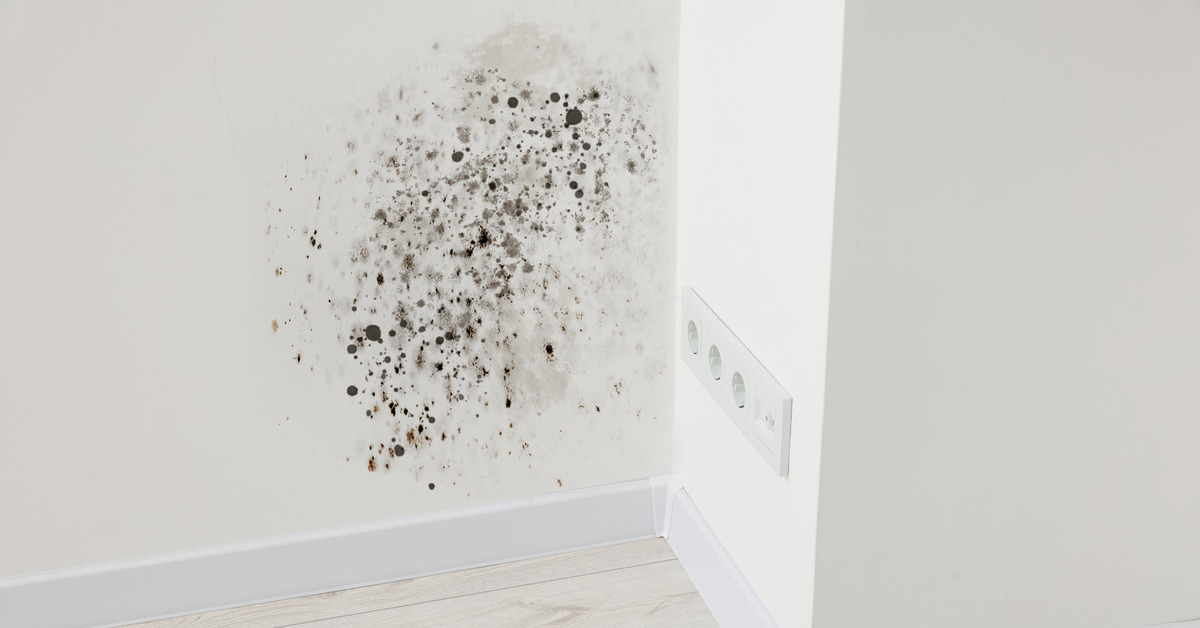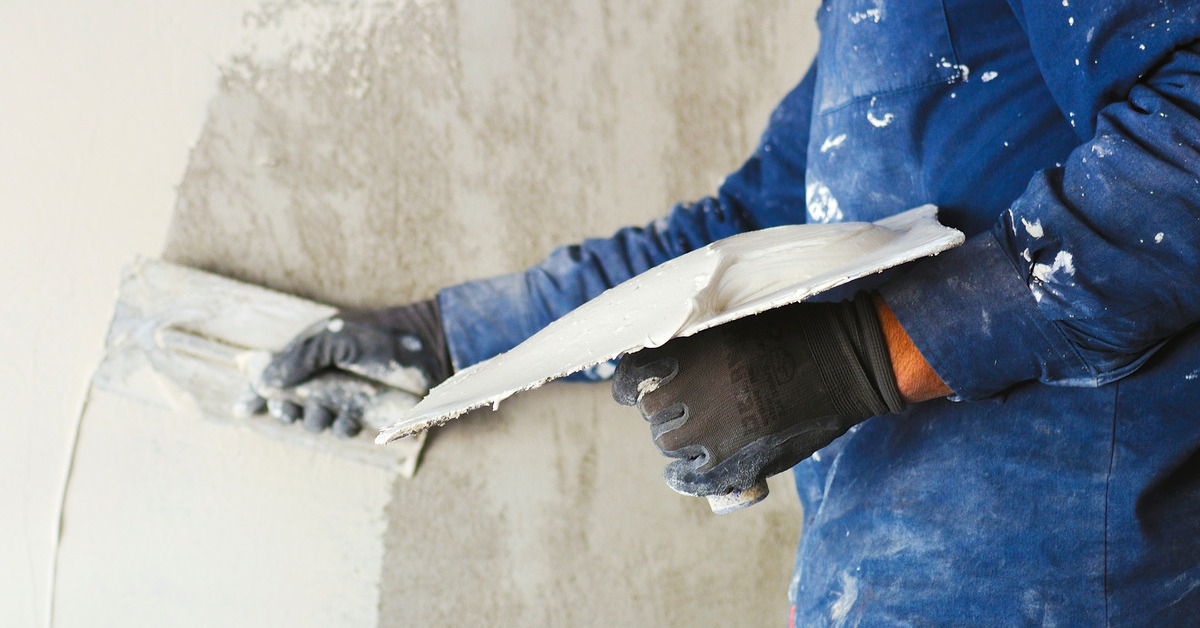As a homeowner or builder, it’s important to understand how your actions can impact the quality of stucco walls. Neglecting regular maintenance or using incorrect cleaning methods can lead to premature damage and expensive repairs. Over time, exposure to the elements can cause wearing, but with the right approach, you can mitigate the material’s decline. When you follow this ultimate guide to extending the lifespan of stucco walls, you will transform the stucco into beautiful walls that remain functional for years.
Choose the Right Stucco Mix
The type and quality of the stucco mix you choose affects the lifespan of the walls. High-quality mixes are generally more durable and resilient to environmental conditions. It’s important to use a breathable stucco mix with the correct ratio of cement, sand, and water to ensure the material is strong and secure.
Some mixes may include additives that provide additional benefits like enhanced flexibility or weather resistance. Consulting with a construction professional can help you choose a stucco mix that works with your region’s climate and environmental conditions.
Properly Prepare the Surfaces
Achieving a long-lasting stucco finish begins with proper surface preparation; it’s the key to guaranteeing the stucco adheres to the surface and performs exceptionally over time.
Make sure that all surfaces are meticulously clean, dry, and free from any contaminants such as grease, dust, or old materials before you begin applying the stucco mix. This process might include removing existing paint, addressing underlying structural damage, and using a bonding agent.
Use Quality Installation Techniques
Quality installation techniques are critical to avoiding common issues like cracking or detachment in stucco walls. Hiring experienced professionals who are familiar with the nuances of stucco application and strictly following manufacturer guidelines is essential.
Proper installation involves applying the stucco in layers, allowing adequate drying time between coats to ensure each layer sets correctly, and achieving a smooth, even finish. Paying attention to details such as corner beading and expansion joints can further prevent future problems and contribute to a flawless appearance.
Regularly Inspect for Damage
Regularly inspecting the stucco walls will uphold their strength and appearance. Keep an eye out for signs of damage, including cracks, holes, and discoloration that could indicate underlying complications. When you promptly address potential concerns, you can make necessary repairs or take preventive measures, guaranteeing that the walls remain in top condition.
Address Water Intrusion Immediately
Water intrusion is one of the leading causes of damage to stucco walls. If you notice any water seeping through the stucco or around windows and doors, take immediate action to prevent further deterioration. The repair process may involve identifying and repairing leaks in the roof, checking that gutters and downspouts are functioning properly, or sealing any gaps that could allow water ingress. Prompt action helps preserve the structural integrity and appearance of your stucco walls.
Clean Stucco Walls Regularly
Over time, dirt, grime, and pollutants can accumulate, causing discoloration and potential damage. Clean the surface with a mild detergent and a soft-bristled brush to maintain the appearance of your stucco walls and prevent degradation. Thoroughly rinse the cleaning solution; any residue left behind can attract more dirt and make future cleanings more difficult.

Avoid Pressure Washing
Although pressure washing might seem like an efficient way to clean stucco walls, it can be detrimental to the material. The high pressure forces water into small cracks in the stucco and could erode the surface.
Hand washing the walls and using a low-pressure setting on a water hose is the best course of action to avoid damaging the stucco. If you think you need professional cleaning, make sure that your service provider understands the specific needs of the material, so they employ the appropriate techniques that don’t compromise the integrity of your walls.
Promptly Repair Cracks
Small cracks in stucco walls may seem insignificant, but they can quickly expand into large issues. Cracks allow water to seep into the structure, potentially leading to rot or mold.
Fill cracks with a high-quality sealant as soon as you notice them to prevent water intrusion and further damage. You should also examine the stucco for new cracks after seasonal changes or severe weather events, as temperature fluctuations and wind can exacerbate existing problems.
Reapply Caulking and Sealants
Over time, caulking and sealants around windows, doors, and other openings can deteriorate due to exposure to the elements. It’s important to regularly reapply these materials to maintain a strong barrier against moisture. Conduct an annual review of all sealants and caulking to see if you need to reapply the caulking and sealant to prolong the lifespan of the stucco.
Keep Landscaping Away From Stucco Walls
Plants and shrubs growing too close to stucco walls can cause them to degrade by trapping moisture. As a result, mildew and mold are more likely to form. Roots and branches can physically damage the stucco surface, leading to cracks and deterioration.
To prevent these complications, try to keep landscaping at least a foot away from stucco walls. This distance promotes airflow around the walls, reduces moisture buildup, and allows the stucco to dry properly after rain.

Address Mold and Mildew Immediately
Mold and mildew growth on stucco walls not only detracts from their appearance but also poses health hazards because fungi release spores into the air. If you notice any signs of mold or mildew, such as discoloration or a musty odor, clean and treat the affected area immediately. Using specialized cleaning products designed for mold removal can ensure thorough treatment without damaging the stucco surface.
Add a Protective Coating
Applying a protective coating over stucco walls can provide an additional layer of protection against rain, wind, and UV rays. Not to mention, the coating will enhance the color and appearance of your stucco. It’s an investment that will greatly improve the durability and aesthetic appeal of your stucco walls.
Properly caring for stucco walls is essential to extend their lifespans and uphold their outward appearance. When you follow these guidelines and invest in a quality elastomeric stucco finish from Stuc-O-Flex International, your stucco walls will stay beautiful for many years. Contact us today to make sure that your stucco stays in top condition!


Leave a Reply